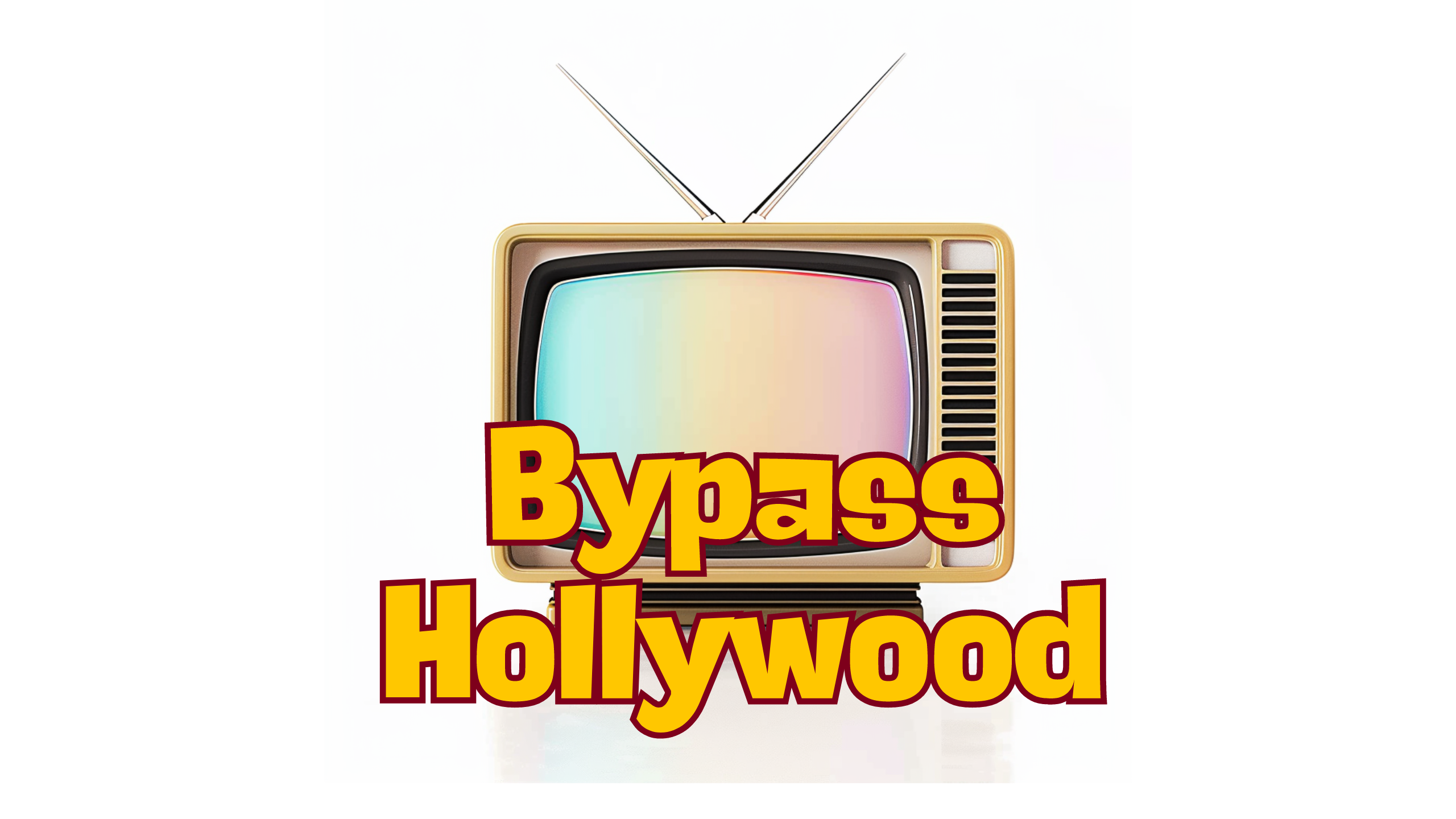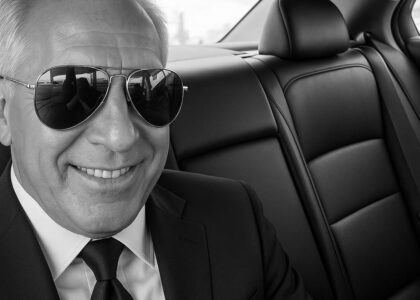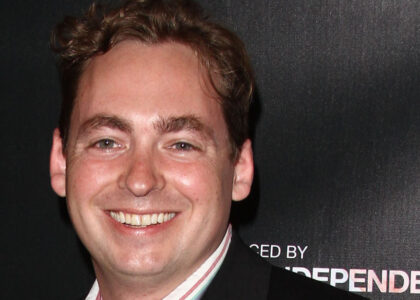


In today’s advertising landscape, consumers are increasingly tuning out traditional ads. Gen Z is skipping commercials, Millennials are multi-screening, and even Boomers are migrating to ad-free or ad-light platforms. The question now becomes: how do you reach these audiences effectively? The answer is simple yet powerful: create mini TV shows for brands.
Unlike traditional product placement, where a product is simply inserted into a scene, mini TV shows revolve around the product or message, making it an integral part of the storyline. The key here is that the protagonist is designed to represent the very demographic the brand is trying to reach. This form of advertising isn’t just an afterthought—it’s entertainment-first, and brand-second, but in a way that generates significant ROI. Let’s break down why this works.
One undeniable trend is that people are skipping ads at an alarming rate. A study by Magna found that 70% of people skip ads, with Gen Z leading the charge. They are experts at avoiding interruptions in their media consumption by fast-forwarding, muting, or multitasking during commercials. As viewers migrate to platforms like Netflix and YouTube, where ad-free and subscription-based models dominate, the traditional 30-second spot becomes less relevant.
In fact, 99% of Gen Z reported that they skip ads on YouTube whenever possible. This shift is even more pronounced on AVOD (ad-supported video-on-demand) platforms, where viewers frequently use ad breaks as opportunities to check their phones or grab a snack. Clearly, if you want your brand message to stick, you need to embed it within content that people actually want to watch.
The power of mini TV shows lies in their ability to hook audiences through engaging storylines. Short-form, serialized content is more effective at keeping viewers engaged than traditional ads. Instead of a one-off commercial, mini TV shows allow for serialized storytelling, which taps into the binge-watching culture. The audience becomes invested in the characters and wants to follow along with their journeys, episode after episode.
For example, Ray-Ban’s prominent placement in “Top Gun: Maverick” resulted in a 42% increase in sales within two weeks of the film’s release. This wasn’t a case of simply placing the product in a scene; the sunglasses became synonymous with the lead character’s cool, adventurous persona, creating an emotional connection with the audience.
One of the reasons mini TV shows are so effective is that they allow brands to demonstrate their understanding of their target demographic’s values, interests, and passions. By making the protagonist relatable to the intended audience, the content feels authentic and organically integrates the product into the storyline.
Take Coca-Cola’s integration into “Stranger Things” Season 4, where they tapped into 80s nostalgia by recreating a classic commercial within the show’s storyline. This not only boosted Coke sales by 13%, but also drove higher engagement across social media platforms as fans appreciated the brand’s nod to their shared memories.
The beauty of mini TV shows is their flexibility across generations. Whether you’re targeting Gen Z, Millennials, Gen X, or Boomers, creating genre-specific content ensures that the message resonates. Rom-coms may appeal to Millennials, while Boomers might prefer dramas or reality TV formats. Collective 5 Entertainment specializes in crafting content for a variety of genres—whether it’s an animated series for kids, a comedy for Gen Z, or a murder mystery for Gen X. The core principle is the same: entertain first, and weave the brand into the story.
For example, Hyundai’s placement in “The Batman” (2022) led to a 21% increase in online searches for the vehicle, proving that strategic product integration, when paired with engaging content, can drive consumer interest across multiple age groups.
While it may seem counterintuitive to focus on entertainment first and branding second, statistics show that this approach delivers stronger ROI than traditional routes. By placing the product at the heart of an engaging narrative, brands can not only hold the viewer’s attention but also build stronger brand recall and affinity.
Consider Eggo waffles in “Stranger Things”, which have become inseparable from the show’s identity. Though specific sales figures aren’t publicly available, the product’s consistent and natural integration likely drove significant sales during the show’s seasons. Similarly, Ray-Ban’s success with “Top Gun” shows how well-placed branded content can result in skyrocketing sales.
Creating this type of high-quality content doesn’t happen by accident. At Collective 5 Entertainment, we partner with veteran filmmakers as well as emerging Gen Z creators to produce premium content that resonates with today’s audiences. Whether it’s an Oscar-winning director or a lo-fi, selfie-style Gen Z filmmaker, the goal is to create content that speaks to the preferences of the target demographic.
As Janina Santillan from Adore Me highlighted at Advertising Week, partnering with creators who genuinely align with your brand’s values is crucial. Gen Z in particular can spot inauthenticity from a mile away. Brands that succeed in building real, relatable narratives will see greater engagement and loyalty from their audience.
At Collective 5 Entertainment, we’ve been addressing this challenge head-on. One thing that’s become clear is that the secret to engaging Gen Z is to entertain first and organically integrate your brand’s message. That’s why we specialize in creating mini TV shows for brands—whether it’s a rom-com, comedy, drama, reality TV, or even a murder mystery.
By making the content short-form, serialized, and story-driven, we captivate Gen Z’s attention. The key is to ensure the protagonist of the story is relatable to the demographic we’re trying to reach. From there, we seamlessly integrate the brand into the narrative, making it feel like a natural part of the story rather than an overt advertisement.
We also partner with a diverse range of filmmakers—from Oscar winners creating premium content to emerging Gen Z filmmakers who create lo-fi, selfie-style videos. This approach allows the content to feel both high-quality and authentic, a balance that resonates deeply with Gen Z.
The content then lives on the brand’s social media platforms and website, where it can be easily accessed and shared by audiences. It’s not about traditional advertising anymore. It’s about crafting stories that people actually want to watch. Contact us if you would like to know more: Jeff@C5Entertainment.com
The world of advertising has evolved, and brands must adapt to reach audiences from Gen Z to Boomers. Creating mini TV shows that focus on entertainment-first is a proven way to engage audiences who are otherwise skipping traditional ads. By investing in genre-specific, short-form content that aligns with your target demographic’s values and interests, brands can create deeper emotional connections and drive tangible results. Whether you’re working with emerging filmmakers or industry veterans, the key to success is telling a great story where your product plays a natural, authentic role.
At Collective 5 Entertainment, we specialize in creating these kinds of impactful mini TV shows, partnering brands with the best in the business to ensure that every story we tell resonates with the audience—and delivers measurable ROI.




